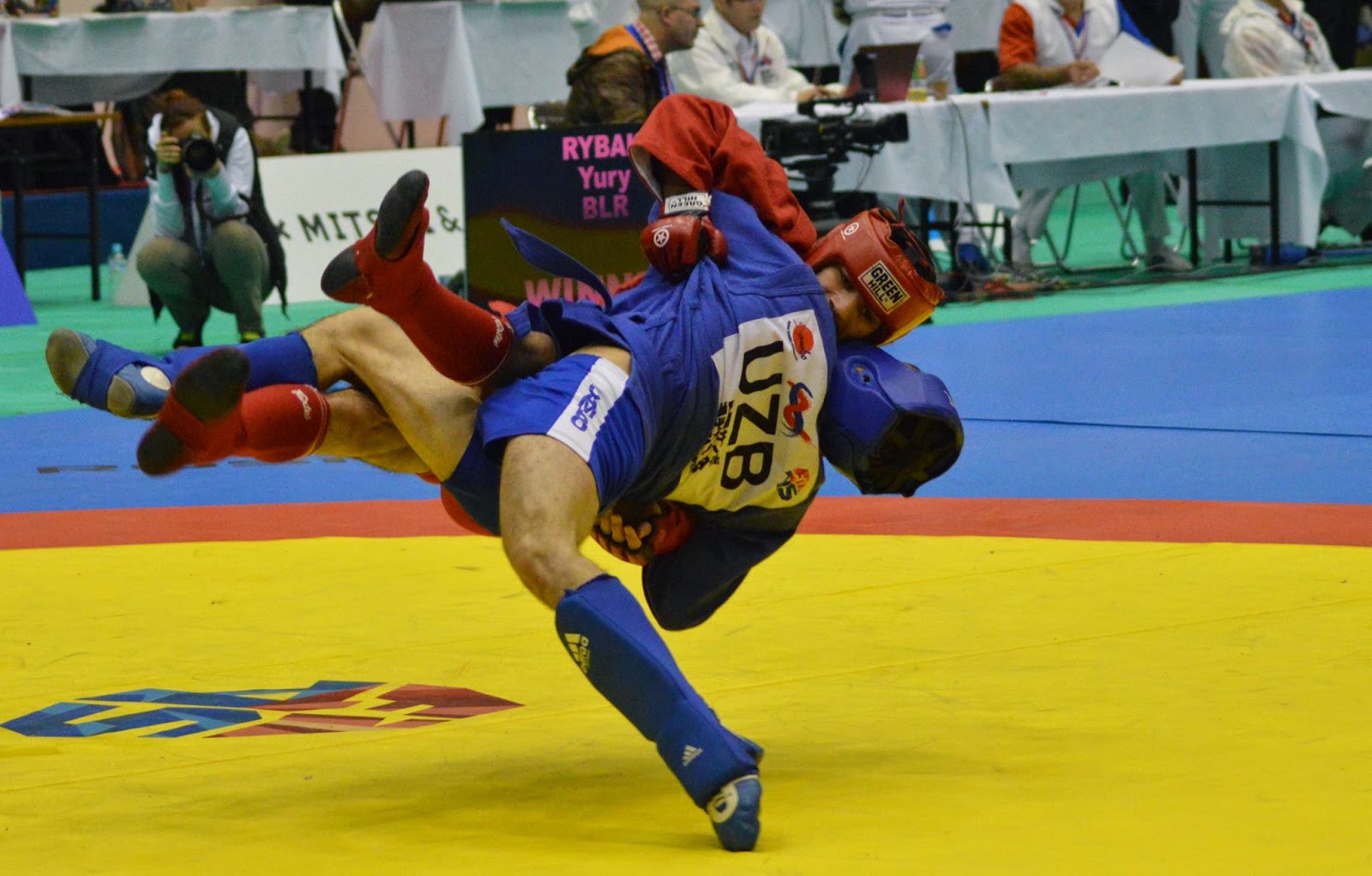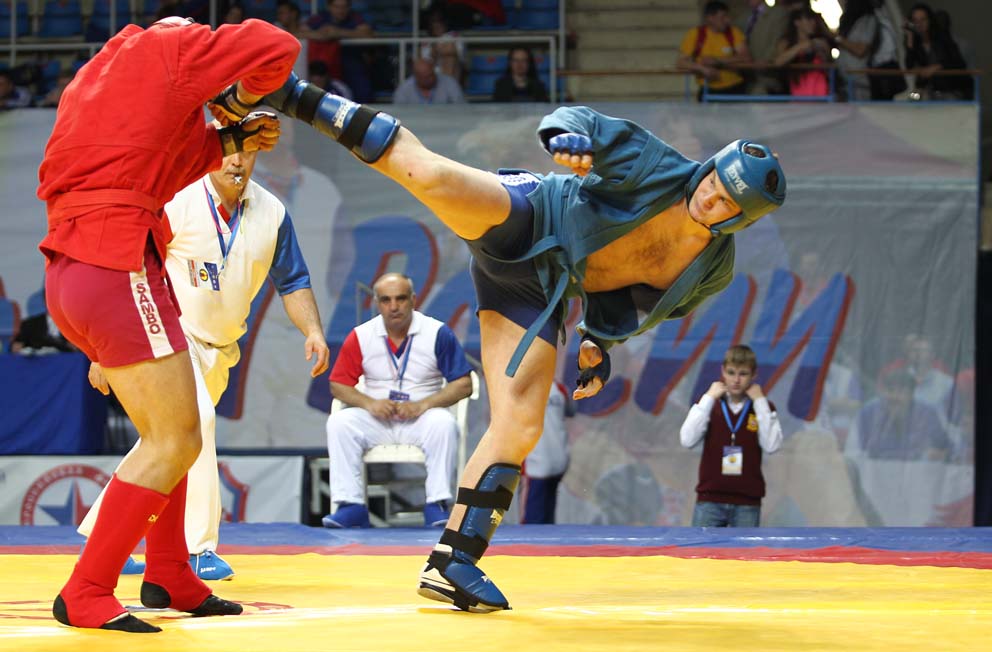Combat Sambo is a dynamic and versatile martial art that combines elements from various fighting styles, making it a popular choice for both self-defense and competitive sports. Rooted in Russian military training, Combat Sambo has evolved over the years, gaining recognition worldwide as a formidable combat system. It emphasizes practical skills that can be applied in real-life situations, focusing on both striking and grappling techniques.
As practitioners delve into the world of Combat Sambo, they discover not just a fighting style but a philosophy that encourages discipline, respect, and resilience. This martial art not only equips individuals with the necessary tools to defend themselves but also fosters a sense of community among its practitioners, highlighting the importance of camaraderie and mutual support in training.
Whether you’re a beginner looking to learn the basics or an experienced martial artist seeking to refine your skills, understanding Combat Sambo's rich history and techniques is vital. This article will explore the various aspects of Combat Sambo, from its origins to its applications, and answer some common questions surrounding this fascinating martial art.
What is Combat Sambo?
Combat Sambo is a martial art and combat sport that originated in the Soviet Union. It is designed for military applications, focusing on self-defense and close combat techniques. This fighting system incorporates elements of judo, wrestling, and striking arts, allowing practitioners to engage effectively in both standing and ground fighting scenarios.
How Did Combat Sambo Evolve?
The evolution of Combat Sambo can be traced back to the early 20th century, when various styles of wrestling and judo were integrated into a cohesive training system for Soviet military forces. It was officially recognized as a sport in the 1930s and has since developed into a competitive discipline with its own set of rules and regulations. Combat Sambo is now practiced globally, with numerous competitions and organizations dedicated to promoting this martial art.
What Are the Key Techniques in Combat Sambo?
- Striking Techniques: Include punches, kicks, knees, and elbows.
- Grappling Techniques: Focus on throws, joint locks, and ground control.
- Submission Holds: Aim to immobilize or submit opponents through various joint locks.
- Defensive Techniques: Emphasize evasion, blocking, and counter-attacks.
Who Are the Key Figures in Combat Sambo History?
Combat Sambo has been shaped by several influential figures throughout its history. Notable practitioners and coaches have contributed to the development and popularization of this martial art, each bringing their unique skills and insights into the training process.
What is the Role of Combat Sambo in Modern Self-Defense?
In recent years, Combat Sambo has gained traction as an effective self-defense system. The practical techniques taught in Combat Sambo allow individuals to defend themselves against various threats, making it a valuable skill set for personal safety. Its blend of striking and grappling techniques equips practitioners with the versatility needed to handle diverse situations.
Why Should You Train in Combat Sambo?
Training in Combat Sambo offers numerous benefits, such as:
- Improved physical fitness and conditioning
- Enhanced self-defense skills
- Increased confidence and self-discipline
- A supportive community of practitioners
What to Expect in a Combat Sambo Class?
When attending a Combat Sambo class, participants can expect a structured curriculum that typically includes warm-ups, technique drills, sparring sessions, and conditioning exercises. Instructors will guide students through various techniques, ensuring that they understand the principles behind each movement and its application in real-world scenarios.
How to Get Started with Combat Sambo?
For those interested in starting their journey in Combat Sambo, the first step is to find a reputable gym or dojo that offers classes. Beginners should look for programs that focus on fundamental techniques, gradually progressing to more advanced skills as they gain confidence and experience. Regular practice, commitment, and an open mind are key to mastering Combat Sambo.
Personal Details and Bio Data of a Notable Combat Sambo Practitioner
| Name | Date of Birth | Nationality | Achievements |
|---|---|---|---|
| Fedor Emelianenko | September 28, 1976 | Russian | Multiple-time World Sambo Champion, MMA Legend |
Fedor Emelianenko is widely regarded as one of the greatest mixed martial artists of all time, and his contributions to Combat Sambo cannot be overstated. With numerous titles and accolades in both Combat Sambo and MMA, Emelianenko has inspired countless individuals to take up this martial art and further its legacy.
In conclusion, Combat Sambo is not only a practical self-defense system but also a sport that fosters personal growth and community. Whether you're looking to enhance your fighting skills or simply want to improve your physical fitness, Combat Sambo offers a well-rounded approach to martial arts training. By understanding its history, techniques, and benefits, you can embark on a fulfilling journey in this unique and powerful fighting discipline.




